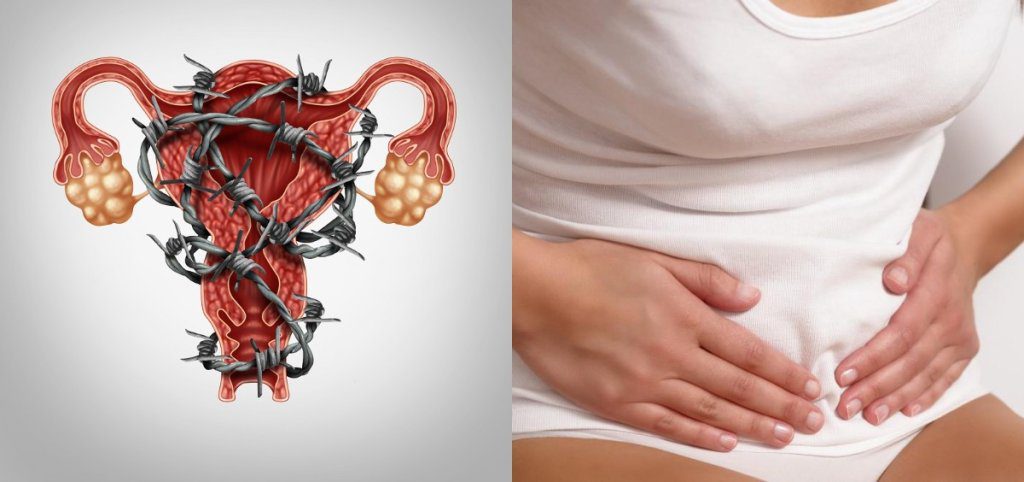Endometriosis: Causes, Symptoms, Diagnosis and Treatment

A common condition, endometriosis is a painful condition that can affect your daily life. When you have endometriosis, tissue similar to the lining of your uterus grows in other places in your abdomen and pelvic area. Endometriosis can cause painful and heavy periods as well as fertility problems.
What is endometriosis?
Endometriosis is a condition in which tissue similar to the lining of your uterus grows in other parts of your body. When this tissue grows in the wrong places, it can cause you to experience uncomfortable symptoms that can affect your daily life. Some people with endometriosis also have problems getting pregnant.
The endometrium is the inner lining of your uterus. This tissue is what you shed during your menstrual period. Think of the endometrium as layers of tissue that form along the inner lining of your uterus. When you get your period, these layers fall off the walls of your uterus and leave your body. If you become pregnant, the endometrium helps support the early stages of development.
When you have endometriosis, endometrial-like tissue develops in other organs or structures. This tissue can grow in your abdomen, pelvis, and even your chest. This tissue is hormonally sensitive and can become inflamed during the menstrual cycle. These endometrial-like areas of tissue can cause ovarian cysts, superficial lesions, deeper nodules, adhesions (the tissue that connects and connects your organs) and scar tissue throughout your body.
A few places where you can develop endometriosis include:
- The outside and back of your uterus.
- Fallopian tubes.
- Ovaries
- Vagina.
- Peritoneum (lining of your abdomen and pelvis).
- Bladder.
- Intestines.
- Rectum.
- The diaphragm (a muscle near the lower part of your chest that plays an important role in breathing).
How serious is endometriosis?
Endometriosis is a common condition that can affect your daily life. It can cause long-term pain, disruption to your menstrual cycle, and fertility problems. Endometriosis symptoms can usually be managed with treatment.
Who can have endometriosis?
Endometriosis is a condition that most commonly affects people between the ages of 25 and 40. It can also happen in young people of puberty. Although many people recover from the symptoms of endometriosis after menopause, it can still cause discomfort and pain.
What are some risk factors for endometriosis?
There are certain factors that put you at a higher risk of developing endometriosis. These factors can include:
- Family history of endometriosis.
- The age at which you first start menstruating. People who start menstruating before age 11 may be at higher risk.
- The length of your menstrual cycle (shorter time between periods) and the duration of the discharge (how many days you bleed).
- Defects in your uterus or fallopian tubes.
Is endometriosis genetic?
While experts don’t know the exact cause of endometriosis, they do see a link between a family history of endometriosis and an increased risk of developing endometriosis at some point. If someone else in your family — your mother, grandmother or sister — has endometriosis, talk to your healthcare provider about your risk.
- On-Site Comments















Comment